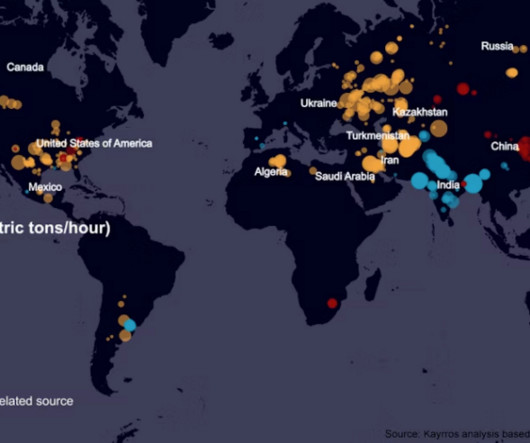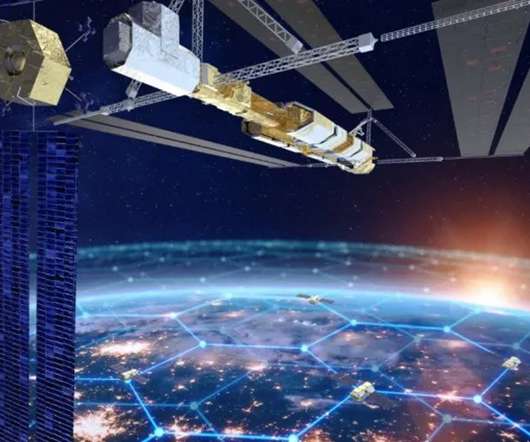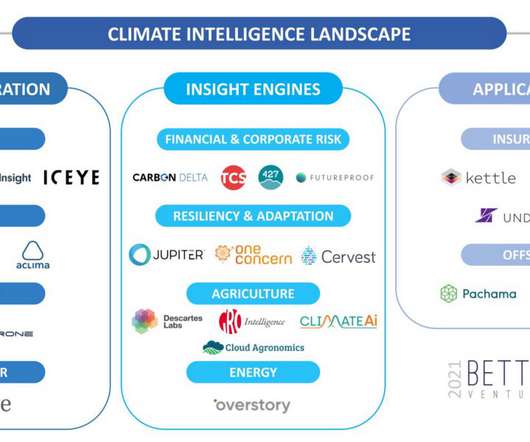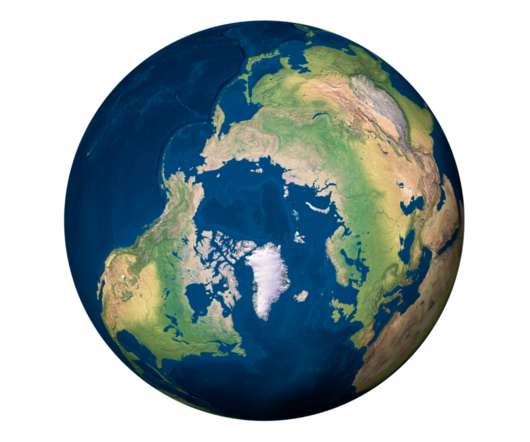? Methane monitoring goes stratospheric #185
Climate Tech VC
FEBRUARY 20, 2024
Responsible for nearly a third of global warming and a quarter of global energy, methane matters. In deals this week $145m for lithium extraction, $52m for methane emissions detection, and $40m for sustainable aviation fuel. Thanks for reading! Not a subscriber yet?



















Let's personalize your content